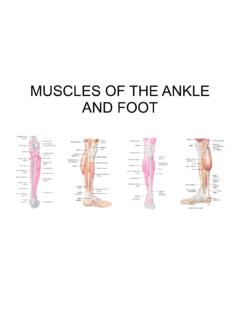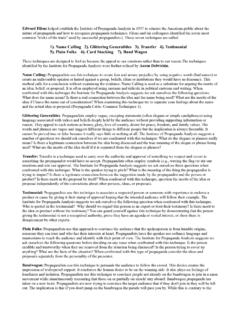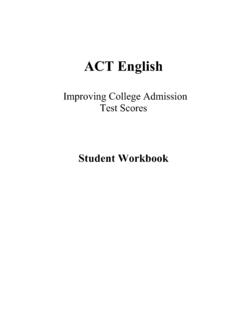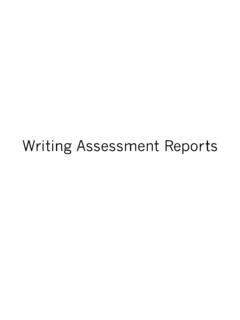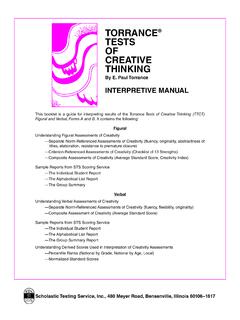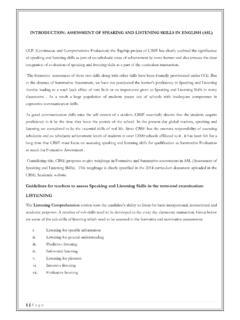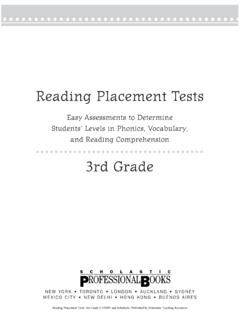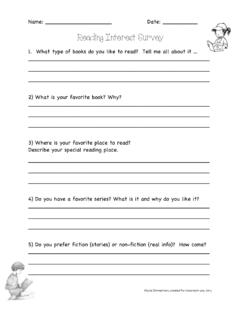Transcription of Woodcock-Johnson® IV
1 TEST REVIEWSW oodcock-Johnson IVWoodcock-Johnson IVPurposeDesigned as a set of "norm-referenced tests for measuring intellectual abilities, academicachievement, and oral language abilities."PopulationAges 2-90+ IV . , 3 tests of Achievement, tests of Cognitive Abilities, tests of Oral Data, 2014$2, per Complete Battery Plus (Achievement Form A or Form B, Cognitive Abilities, OralLanguage) with case; $1, per Complete Kit (Achievement Form A or Form B, CognitiveAbilities) with case; $1, per Complete Achievement Battery (Forms A, B, and C) with case;$ per Achievement Battery (Form A, B, or C) with case; $1,265 per Cognitive Battery withcase; $ per Oral Language kit with case; $1,430 per Oral Language with Cognitive Batterywith case; $1,243 per Oral Language with Achievement (Form A) with case; $ per 25 Cognitive Abilities test records with individual score reports.
2 $ per 25 Achievementstandard and extended test records and response books with individual score reports (Form A, B,or C); $79 per 25 Oral Language test records with individual score reports; $59 per 25 CognitiveAbilities response books; $59 per Achievement standard and extended response books (Form A,B, or C).CommentsCognitive, Achievement, and Oral Language batteries are co-normed and may be used separatelyor together; tests within each battery may be administered separately or in combinations. Onlinescoring and reporting A. Schrank ( tests , online scoring and reporting program), Kevin S. McGrew ( tests ),Nancy Mather ( tests and examiner's manuals), Barbara J. Wendling (examiner's manuals), andDavid Dailey (online scoring and reporting program).2 All Mental Measurements Yearbook test reviews are copyrighted by the Buros Center for Testing.
3 Reviews may be printed forindividual use only, and may not be otherwise duplicated or distributed without written permission. Please refer to the Buros websitefor further information about copyright and permissions: Mifflin ) tests OF IV , 4211 Standard Battery test scores: Letter Word Identification, Applied Problems, Spelling, PassageComprehension, Calculation, Writing Samples, Word Attack, Oral Reading, Sentence ReadingFluency, Math Facts Fluency, Sentence Writing Fluency; 9 Extended Battery test scores: ReadingRecall, Number Matrices, Editing, Word Reading Fluency, Spelling of Sounds, ReadingVocabulary, Science, Social Studies, Humanities; 22 cluster scores: Reading, Broad Reading,Basic Reading Skills, Reading Comprehension, Reading Comprehension Extended, ReadingFluency, Reading Rate, Mathematics, Broad Mathematics, Math Calculation Skills, Math ProblemSolving, Written Language, Broad Written Language, Basic Writing Skills, Written Expression,Brief Achievement, Broad Achievement, Academic Skills, Academic Fluency, AcademicApplications, Academic Knowledge, Phoneme-Grapheme Battery has 3 parallel forms: A, B, (40) minutes for core set of six tests in Standard Battery; (15-20) minutes for Writing Samples test.
4 (5-10) minutes each for remaining ) tests OF COGNITIVE ABILITIES:AcronymWJ IV , 3510 Standard Battery test scores: Oral Vocabulary, Number Series, Verbal Attention, Letter-PatternMatching, Phonological Processing, Story Recall, Visualization, General Information, ConceptFormation, Numbers Reversed; 8 Extended Battery test scores: Number-Pattern Matching,Nonword Repetition, Visual-Auditory Learning, Picture Recognition, Analysis-Synthesis, Object-Number Sequencing, Pair Cancellation, Memory for Words; 4 ability scores: General IntellectualAbility, Gf-Gc Composite, Brief Intellectual Ability, Scholastic Aptitudes (Reading Aptitude, MathAptitude, Writing Aptitude); 7 broad ability clusters: Comprehension-Knowledge, Fluid Reasoning,Short-Term Working Memory, Cognitive Processing Speed, Auditory Processing, Long-TermRetrieval, Visual Processing; 6 narrow ability clusters: Perceptual Speed, Quantitative Reasoning,Auditory Memory Span, Number Facility, Vocabulary, Cognitive (35) minutes for first seven tests in Standard Battery; (5) minutes for each additional Mental Measurements Yearbook test reviews are copyrighted by the Buros Center for Testing.
5 Reviews may be printed forindividual use only, and may not be otherwise duplicated or distributed without written permission. Please refer to the Buros websitefor further information about copyright and permissions: ) tests OF ORAL LANGUAGE:AcronymWJ IV , 2412 test scores: Picture Vocabulary, Oral Comprehension, Segmentation, Rapid Picture Naming,Sentence Repetition, Understanding Directions, Sound Blending, Retrieval Fluency, SoundAwareness, Vocabulario Sobre Dibujos, Comprensi n Oral, Comprensi n de Indicaciones; 9cluster scores: Oral Language, Broad Oral Language, Oral Expression, Listening Comprehension,Phonetic Coding, Speed of Lexical Access, Lenguaje Oral, Amplio Lenguaje Oral, Comprensi nAuditiva; 3 additional cluster scores can be derived by combining Oral Language tests with certaintests from the Cognitive Abilities battery: Vocabulary, Comprehension-Knowledge Extended,Auditory Memory (40) minutes for first eight three Spanish clusters are parallel to three of the English clusters and can be used tocompare the examinee's proficiency in English and ReferencesFor reviews by Gregory J.
6 Cizek and Jonathan Sandoval of the third edition, see 15:281; seeT5:2901 (140 references); for reviews by Jack A. Cummings and by Steven W. Lee and ElaineFlory Stefany of the 1991 edition, see 12:415 (56 references); see also T4:2973 (90 references);for reviews by Jack A. Cummings and Alan S. Kaufman of the 1977 edition, see 9:1387 (6references); see also T3:2639 (3 references).4 All Mental Measurements Yearbook test reviews are copyrighted by the Buros Center for Testing. Reviews may be printed forindividual use only, and may not be otherwise duplicated or distributed without written permission. Please refer to the Buros websitefor further information about copyright and permissions: 1 OF 2 Review of the Woodcock-Johnson IV by GARY L. CANIVEZ, Professor ofPsychology, Department of Psychology, Eastern Illinois University,Charleston, IL:DESCRIPTIONThe Woodcock Johnson IV (WJ IV) is a collection of three distinct individually administered testbatteries constructed to be consistent with Cattell Horn Carroll (CHC) theory of cognitive abilities(Schneider & McGrew, 2012).
7 The three batteries were co normed and include the Woodcock JohnsonIV tests of Cognitive Abilities (WJ IV COG), the Woodcock Johnson IV tests of Achievement (WJ IVACH), and the Woodcock Johnson IV tests of Oral Language (WJ IV OL). Oral language may beassessed in English and Spanish. The three batteries may be used individually or in any WJ IV is a major revision of its predecessor, the Woodcock Johnson III (WJ III; Woodcock, McGrew,& Mather, 2001, 2007), and includes national standardization. Normative data were produced by anationally representative standardization sample of 7,416 individuals between the ages of 2 and 90+years. The WJ IV includes an extensive technical manual with the largest compilation of statisticalmethods, detailed descriptions, and results this reviewer can recall detailing the development andpreliminary evaluation of the WJ IV.
8 The WJ IV was designed for use in clinical and educationalassessments as well as in research. After administering the measure, the examiner calculates the testraw scores and completes the Test Observation Checklist to then enter information into the onlinescoring and reporting system. Scoring and analyses are no longer performed by hand. Each of the threeexaminer s manuals includes training checklists to facilitate development of mastery of administrationand scoring prior to clinical WJ IV is a major revision of the WJ III, and development and revision goals intended to increaseadministration and interpretation options using the most up-to-date version of CHC theory and tests (eight) and cluster scores in cognitive, academic achievement, and oral language domainswere created (while others were eliminated) with a focus on increasing cognitive complexity (increasingcognitive information processing, demands on memory and attention control, and executive functioning)as well as facilitating measurement of relative strengths and weaknesses across domains.
9 In addition tonew tests being created, several tests had items added to the very low or very high difficulty range5 All Mental Measurements Yearbook test reviews are copyrighted by the Buros Center for Testing. Reviews may be printed forindividual use only, and may not be otherwise duplicated or distributed without written permission. Please refer to the Buros websitefor further information about copyright and permissions: (some had both), which lowers the test floor and/or raises the ceiling for better assessment of very low orvery high abilities and/or very young children. WJ IV content was reviewed by content experts and alsoexamined for potential bias. Empirical investigation of item bias (differential item functioning [DIF]) wasconducted across variables of sex (male and female), race (White and non White), and ethnicity(Hispanic and Not Hispanic) and reported in the technical manual.
10 Dichotomizing race into White andnon-White is problematic as non invariance might be observed in some racial groups but not others andcould be obscured by combining different groups into one non White category. Most items did notdemonstrate DIF, and of those that did, most reportedly were not included in publication WJ IV COG measures general intelligence hierarchically ordered above broad cognitive abilities(first order factors), which are measured by several narrow cognitive abilities at the subtest level. Assuch, the broad cognitive abilities (cluster scores) are inferences or abstractions from the observed testperformance on the narrow ability tests , whereas general intelligence (cognitive composites) is aninference from inferences or abstraction from abstractions (Thompson, 2004).
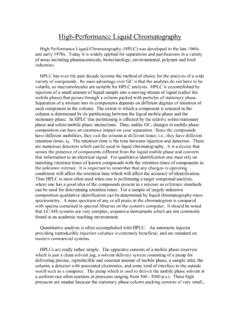
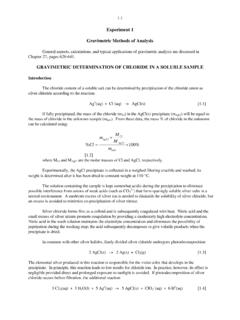

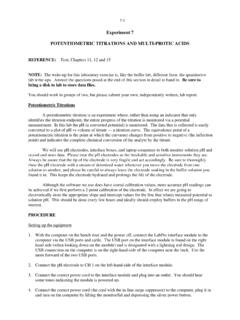
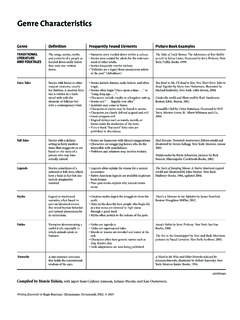
![[ 151 ] Wechsler Adult Intelligence Scale—Fourth Edition](/cache/preview/c/4/7/4/5/9/0/a/thumb-c474590a20932506828144ca1931f0c7.jpg)
